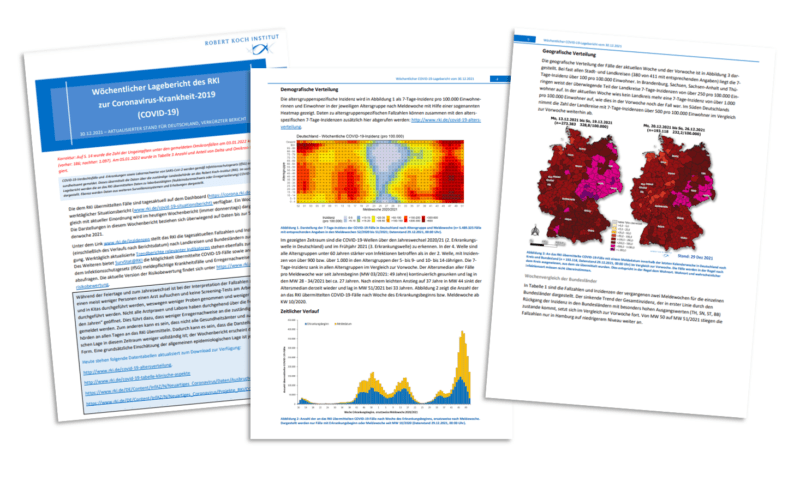Original article (in Serbian) was published on 19/02/202
The website Ekspres vesti recently published an article entitled “The truth hurts: 96% of Omicron cases in Germany have been fully vaccinated”. The text states that “in Germany, fully vaccinated people, even those who received the so-called ‘booster dose’, are predominantly infected with the Omicron variant of the coronavirus, while unvaccinated people are barely affected”. The journalist (who is not signed) then concludes: “Obviously, fully vaccinated people are more susceptible to this mutation”.
As evidence for the claims, the journalist cites data from the weekly report of the Robert Koch Institute on the situation with Covid-19, published on December 30.

Ekspres vesti states that “between November 21 and December 27, 2021, 4,206 cases of Omicron infection with a known vaccination status were identified. Among them, 4,020 people were fully vaccinated. Of these, as many as 1,137 people have already received the third ‘booster’ dose. Only 186 people who tested positive were not vaccinated at all or were not fully vaccinated with one of the four approved vaccines”.
Then follows the journalist’s conclusion: “This means that out of all Omicron positive people with known vaccination status, 95.6 percent received two or three doses. For comparison: According to the Institute, at the end of November, about 68 percent of the total population was completely vaccinated at least twice, and at the end of December, it was 71 percent. These figures suggest that fully vaccinated people could be even more at risk of Omicron infection than those who still refuse the vaccine”.
What does the Robert Koch Institute report actually say?
First of all, it should be noted that this report has been corrected twice. The first correction was made on January 3, when the number of unvaccinated people was corrected, and the number 1,097 was added instead of the number 186. The second correction occurred on January 5, and it also refers to a table that the journalist did not mention in his report. The website Ekspres vesti does not date its contents, but it can be seen on their Facebook page that this text was shared on January 4, so it can be assumed that the journalist based the calculation on the version that was available on January 3.
Page 13 of the report, to which Ekspres vesti refers, states that in the period from November 21, 2021 to December 27, 2021, a total of 10,443 (suspicious) cases of the Omicron variant were reported in Germany. Also, 1,555 cases were unequivocally confirmed by whole-genome sequencing, while 8,888 variant-specific PCR testing was classified as suspected Omicron.
The following data in the RKI report deals with the vaccination status: “1,097 patients were not vaccinated (in the uncorrected version this number is 186), 4,020 were fully vaccinated, of which 1,137 were vaccinated with supplementary vaccination”. Data on vaccine status were published for 5,117 patients (or 4,206 if we consider the uncorrected version), i.e., slightly less than half of the patients – whichever version of the report was considered.
What do these figures “suggest”?
Based on the data presented in the report that was available until January 3, the journalist correctly calculates that among people suffering from Omicron variant whose vaccine status is known, 95.6% have been vaccinated. However, these “figures” do not suggest that “fully vaccinated people could even have a higher risk of Omicron infection than those who still refuse the vaccine” because we lack data on vaccination status for over 50% of patients. Based on the published data, it cannot be concluded whether the disease rate is higher in the vaccinated group than in the unvaccinated group.
In this text, the journalist, intentionally or not, failed to give readers information about the total number of positively tested citizens for the Omicron strain of coronavirus. He manipulatively presents one set of data: the one referring to the number of people with known vaccine status among patients with the Omicron variant in a given period, trying to prove that the risk of contracting this variant of Covid-19 is higher in vaccinated. This could only be discussed if the share of vaccinated patients in the total vaccinated population is higher than the share of unvaccinated patients or if the vaccination rate is higher than the unvaccinated disease rate. Tragac has already written about subjective bias in interpreting statistical data related to the disease of vaccinated against Covid-19.

